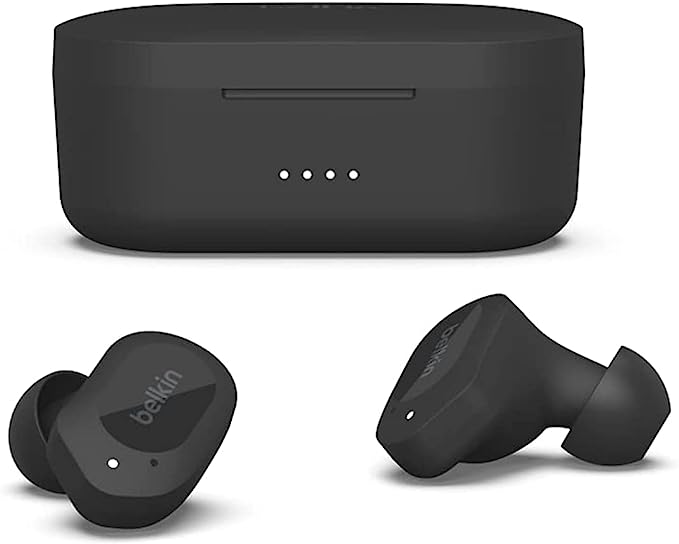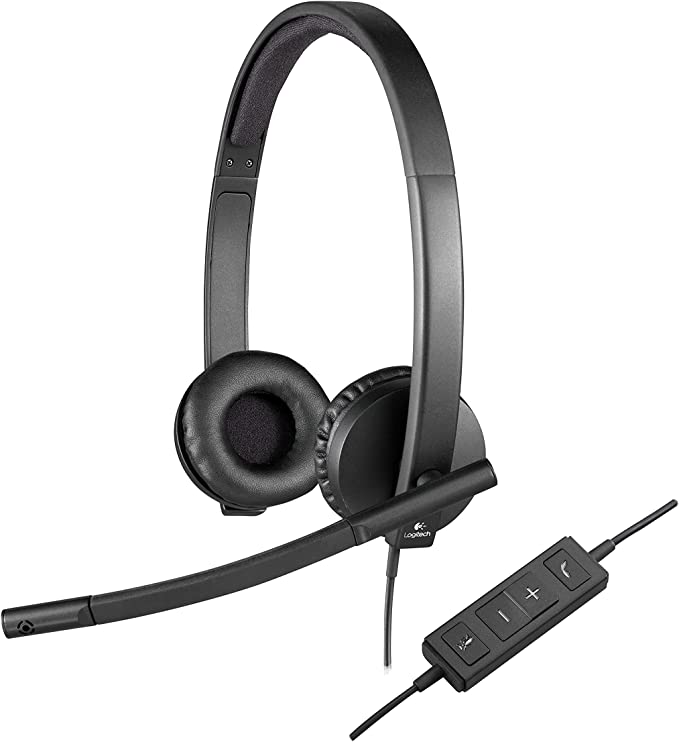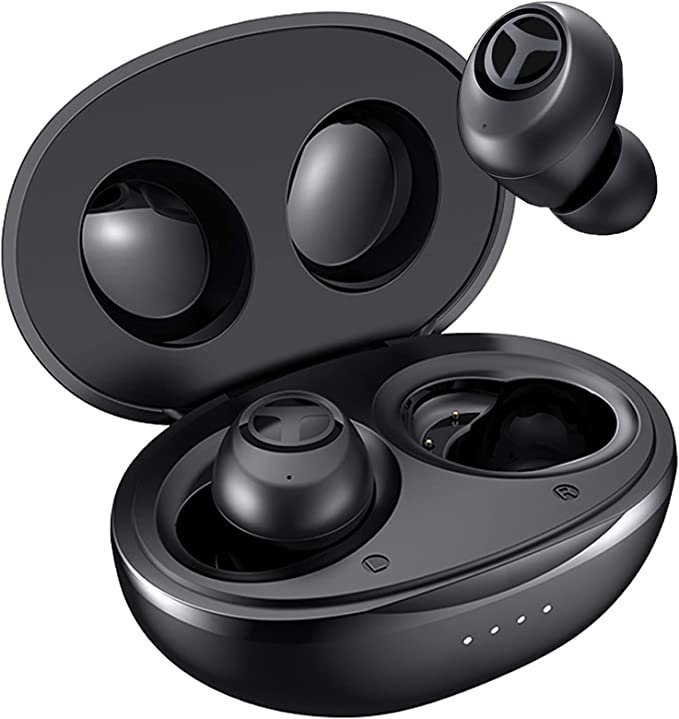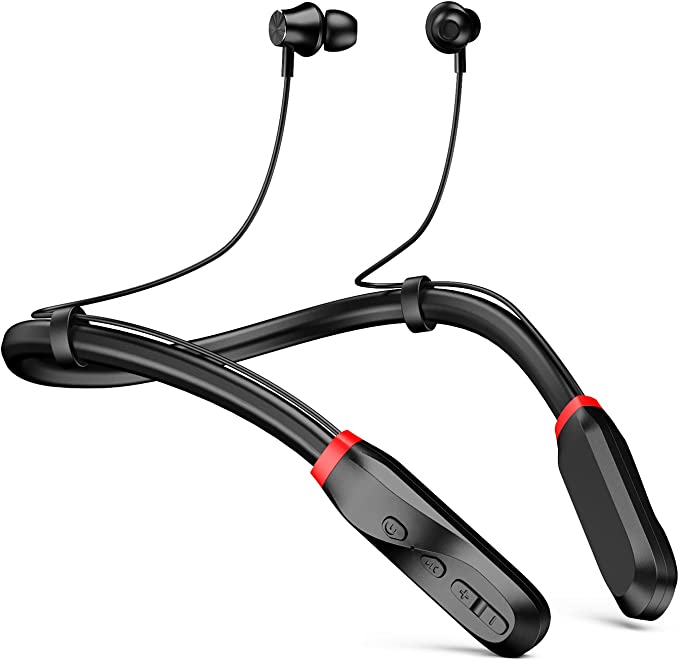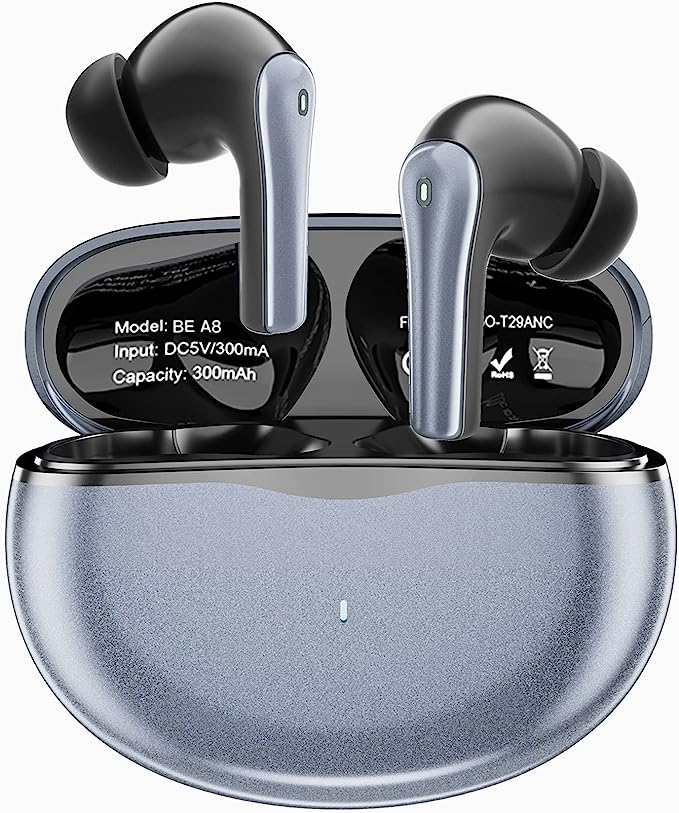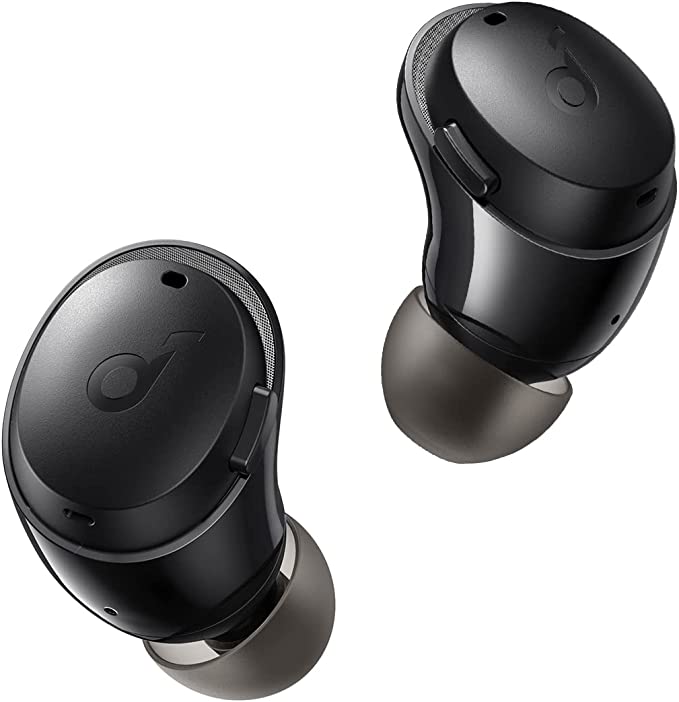LUDOS Clamor 2 PRO Wired Earbuds: A Budget-Friendly Pair of Wired Earbuds with Impressive Sound
Update on June 21, 2025, 2:38 p.m.
In our relentless pursuit of the perfect soundtrack to our lives, we often encounter a triad of frustrations: the intrusive cacophony of the outside world, the nagging discomfort of ill-fitting gear, and the all-too-common demise of flimsy earphone cables. It’s easy to assume that a truly satisfying audio experience, especially one that tackles these issues, must come with a hefty price tag or a complex array of wireless wizardry. But what if the solution lay in the elegant application of fundamental scientific principles? Enter the LUDOS Clamor 2 PRO Wired Earbuds, a seemingly straightforward device that, upon closer inspection, reveals a fascinating interplay of material science, physics, and thoughtful engineering. Let’s peel back the layers and explore how these earbuds transform everyday listening through the often-unseen power of science.

The Memory Foam Marvel: A Custom Fit Forged in Science (and Space!)
One of the first things you might notice about the LUDOS Clamor 2 PRO, or indeed many premium audio accessories, is the inclusion of memory foam ear tips. This isn’t just a plush novelty; it’s a direct application of material science that fundamentally changes how an earbud interacts with your ear.
But what exactly is memory foam? Its story, surprisingly, begins not in an audio lab, but with NASA in the 1960s. Tasked with improving seat cushioning and crash protection for pilots and astronauts, NASA’s Ames Research Center developed a material initially called “temper foam.” This was a viscoelastic polyurethane foam. The term “viscoelastic” is key here. “Visco” refers to its viscosity, meaning it resists flow and changes shape slowly under pressure, like thick honey. “Elastic” means it can return to its original shape after the pressure is removed, like a spring.
This unique combination of properties is what makes memory foam so remarkable for ear tips. When you gently compress a memory foam tip and insert it into your ear canal, two things happen. First, your body heat slightly softens the foam, making it more pliable. Second, the foam’s slow-recovery nature allows it to gradually expand, conforming precisely to the unique, intricate contours of your individual ear canal. It’s like having a tiny, custom-molded cushion for each ear. This bespoke fit is a game-changer for comfort, especially during long listening sessions common for students or commuters. For those with “small ears” or sensitivities to the pressure points often created by standard silicone tips, the even pressure distribution of memory foam can mean the difference between enjoyment and irritation.
Beyond comfort, this perfect, individualized seal has a profound acoustic advantage. By creating an almost airtight barrier between the earbud’s speaker and the outside world, memory foam significantly enhances the bass response. Low-frequency sounds need a sealed chamber to resonate properly and deliver that satisfying thump and richness. Furthermore, this seal acts as the first line of defense against external noise, allowing the more subtle details in your music—the crisp highs, the nuanced mids—to shine through without being drowned out. It’s a clear demonstration of how a material, born from the demands of space travel, now refines our personal auditory landscapes.

Crafting Your Cone of Silence: The Physics of Passive Noise Isolation
The LUDOS Clamor 2 PRO boasts “Noise Isolating Ear Buds,” a feature that relies on the fundamental principles of physics to create a more focused listening experience. This is what’s known as passive noise isolation (or passive noise cancellation), and it works quite differently from its more complex cousin, Active Noise Cancellation (ANC).
To understand passive isolation, let’s first consider sound itself. Sound travels in waves, and when these waves encounter an obstacle, their energy can be absorbed, reflected, or transmitted. Passive noise isolation is all about creating an effective physical barrier to absorb and block as much of that incoming sound wave energy as possible before it reaches your eardrum. Think of it as soundproofing a room, but on a miniature scale, right in your ear.
ANC, on the other hand, is an electronic process. It uses microphones to detect ambient noise and then generates an opposing sound wave (“anti-noise”) to cancel out the original noise. While highly effective, especially for consistent, low-frequency sounds like engine hum, ANC requires power, more complex circuitry, and often comes at a higher price.
The Clamor 2 PRO achieves its passive noise isolation through a two-pronged strategy. First, the in-ear form factor itself means the earbud housing sits snugly within the concha (the outer bowl of the ear) and the tip extends into the ear canal, naturally blocking some sound. Second, and crucially, the aforementioned memory foam tips supercharge this effect. The dense, conforming nature of the foam is excellent at attenuating (reducing the intensity of) a wide range of sound frequencies. The better the seal, the more effective the isolation.
For the user, this translates into a personal “cone of silence.” In a bustling library, on a noisy train, or even in a shared office space, this isolation allows for greater immersion in music, podcasts, or audiobooks. A significant, and often overlooked, benefit is that effective noise isolation often allows you to listen comfortably at lower volumes. This is not only more pleasant but also better for your long-term hearing health, as prolonged exposure to high sound pressure levels is a known risk factor for hearing damage.

Engineered for Endurance: The Material Science of a Tough Earbud
Few things are more frustrating than an otherwise perfectly good pair of earbuds succumbing to a frayed or broken cable. This is often the Achilles’ heel of budget-friendly audio gear. The LUDOS Clamor 2 PRO addresses this common weak point with a braided cable, a design choice rooted in material science and structural mechanics.
Traditional earbud cables are often sheathed in simple PVC or TPE (thermoplastic elastomer). While inexpensive, these materials can be prone to kinking, stretching, and eventually, a breakdown of the internal wires at stress points, typically near the jack or the earbuds themselves. A braided cable, however, encases the delicate internal wires in a woven sheath, usually made of durable synthetic fibers like nylon or similar robust textiles.
This woven structure provides several mechanical advantages:
* Increased Tensile Strength: The interlocked fibers distribute pulling forces more effectively, making the cable more resistant to snapping if it gets snagged.
* Abrasion and Fray Resistance: The tough outer braid protects the inner wires from the everyday wear and tear of rubbing against clothing or bouncing around in a bag.
* Tangle Resistance: While not entirely tangle-proof, braided cables generally have less “memory” for kinks and are less prone to forming infuriating knots than their smoother counterparts.
The result is a cable that not only feels more substantial but is genuinely built to withstand the rigors of daily use, a particularly valuable feature for students and active individuals.
Adding another layer of practical design, the Clamor 2 PRO features magnetic earbuds. This simple yet clever feature incorporates small permanent magnets into the housing of each earbud. When not in use, they can be snapped together, allowing you to wear them around your neck like a pendant or simply keeping them neater in storage. This minimizes tangles and reduces the chances of an earbud getting caught and yanked, further contributing to the overall longevity of the device.
Finally, the 5 Years Warranty offered with these earbuds is a significant statement. In the fast-moving world of consumer electronics, especially at this price point, such a lengthy warranty is uncommon. It suggests a high degree of confidence from LUDOS in their material choices, manufacturing processes, and the overall durability designed into the Clamor 2 PRO. It’s an implicit nod to the engineering intended to make these earbuds a long-lasting companion.

The Unwavering Path: Why Wired Still Resonates
In an era dominated by wireless technology, opting for wired earbuds like the LUDOS Clamor 2 PRO might seem counter-intuitive to some. However, the wired connection retains several inherent advantages that continue to appeal to many. There’s the straightforward fidelity and stability of a direct physical connection – no concerns about Bluetooth dropouts, audio-video lag, or the slight compression that can sometimes occur with wireless transmission. And, of course, there are no batteries to charge, meaning your music is ready whenever you are.
While the specific details of the internal audio components, known as drivers (the tiny speakers that actually produce the sound), aren’t extensively detailed for the Clamor 2 PRO, most earbuds in this category utilize dynamic drivers. In very simple terms, a dynamic driver works much like a miniature version of a traditional loudspeaker: an electrical audio signal passes through a voice coil attached to a diaphragm (a thin membrane). The coil becomes an electromagnet, and its interaction with a fixed magnet causes the diaphragm to vibrate, creating the sound waves you hear.
Ultimately, it’s the symphony of all these scientifically considered elements working in concert that shapes your listening experience. The memory foam ensures the sound produced by the drivers is channeled efficiently into your ear with minimal loss. The passive noise isolation clears away the sonic clutter, allowing the details of the audio to emerge. And the durable, thoughtfully designed cable and housing ensure that this experience can be enjoyed reliably, day after day.

Conclusion: The Symphony of Science in Your Ears
The LUDOS Clamor 2 PRO Wired Earbuds serve as a compelling reminder that excellent design isn’t always about the newest, flashiest technology, but often about the intelligent application of well-understood scientific principles. From the viscoelastic magic of memory foam born from aerospace research, to the fundamental physics of sound attenuation, and the material science behind a robust, tangle-resistant cable, these earbuds demonstrate how thoughtful engineering can deliver comfort, effective noise isolation, and impressive durability in an accessible package.
They invite us to appreciate the often-invisible science that underpins our daily tools and enhances our experiences. So, the next time you plug in your earbuds, take a moment to consider the ingenuity nestled within those small earpieces. It’s a testament to how science, thoughtfully applied, truly makes our world sound, and feel, a little bit better. It’s an invitation to listen a little closer—not just to the music, but to the quiet symphony of science that makes it all possible.
